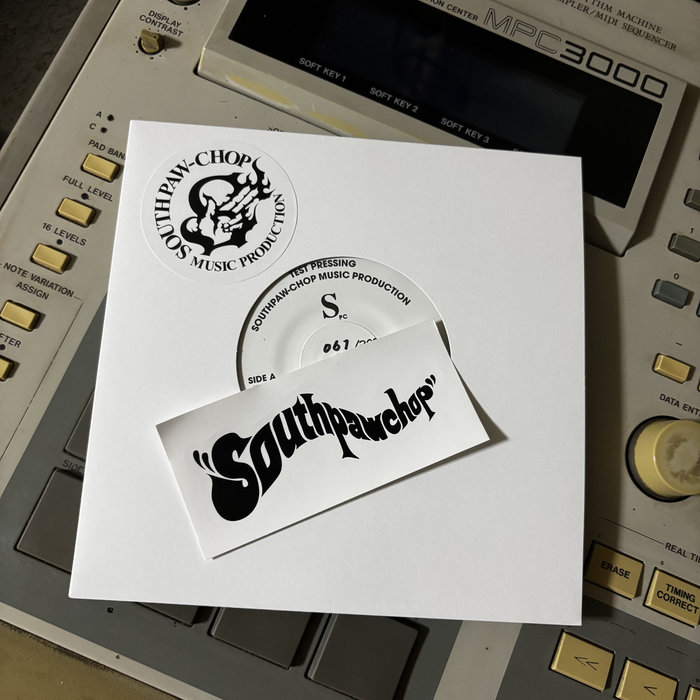
1. Lock It Up – SOUTHPAW CHOP
this blog is GROOVY – check out great Soul, Funk, Jazz, Hip Hop, Bass, Breaks , Reggae, House n many more TUNES
Sampling, man! It’s like the musical version of remixing your favorite sandwich with unexpected ingredients. You grab a bite from here, toss in a piece from there, and voila – you’ve created something fresh that grooves hard. But how did we get here? Let’s take a funky journey through the history of sampling and check out some cool (and funny) bits along the way!
Sampling isn’t just a modern-day phenomenon; it’s got deep roots dating back to the dawn of recorded music. In those early days, musicians were experimenting with tape loops and musique concrète. Think avant-garde cats like Pierre Schaeffer who turned everyday sounds into art by cutting up tape reels, creating mind-blowing sound collages.
Fast forward to the late ’70s when hip-hop was just starting to bubble up in New York City block parties. DJs like Kool Herc took snippets from funk records and disco beats to keep the groove alive while emcees rapped over them. They were pioneers using breaks – those killer drum sections that made people lose their minds on the dance floor.
Did you know that one of Kool Herc’s first gigs involved his mom yelling at him for making too much noise? Instead of turning down those turntables, he cranked it up even louder! Talk about dedication!
As hip-hop exploded during this decade, so did sampling techniques! Artists like Grandmaster Flash, Afrika Bambaataa, and groups such as Run-D.M.C began chopping up tracks left and right.
One major milestone was “Rapper’s Delight” (1979) by The Sugarhill Gang, which sampled Chic’s “Good Times.” This tune smashed through charts everywhere and opened doors for sampling’s legitimacy in music.
When they recorded “Rapper’s Delight,” it came out at nearly 15 minutes long! Imagine if people had Spotify back then—everyone would have been asking why they couldn’t skip ahead!
By now, everyone wanted a piece of that sweet sample pie—but here’s where things got sticky! Record labels started noticing musicians lifting samples without permission or payment. Enter stage left: lawyers.
In 1991 came “Under Pressure” by Queen and David Bowie featuring bass lines famously lifted by Vanilla Ice for his hit “Ice Ice Baby.” When Queen found out—oh boy—it turned into a legal rumble that would make any courtroom drama look tame!
Vanilla Ice once claimed his track had an entirely different bass line than Queen’s… only lip service could save him when someone pointed out he literally froze mid-sentence because he knew he had been caught red-handed!
Welcome to the era where artists embraced sampling fully — swelling up on radio waves all around ya!
We saw acts sprinkle their magic dust on everything from rock (‘Nirvana’’s hooks) to pop (‘Madonna’). Notably interesting is how producers like DJ Premier became legends in their own right solely based on dope samples layered over tight beats.
This period birthed classics including Nas’ iconic album Illmatic, which heavily used jazz samples thanks to clever production choices by folks like Pete Rock & CL Smooth.
Nas reportedly felt anxious every time “N.Y State Of Mind” played live since getting clearance for jazz records (they don’t usually hand ’em over easily)! I guess nothing gets your blood pumping quite like anxiety mixed with ambition!
As technology advanced leaps-and-bounds towards digital accessibility—from home studios sprouting overnight—to software becoming user-friendly—sampling transformed yet again.
Remember programs like Pro Tools or Fruity Loops?
Now anyone could hop behind their computer screen choppin’ samples faster than you can say “MPC.” Genres morphed too; electronic music artists started blending genres effortlessly—from glitch hop to trap–making innovative syrupy concoctions we still jam today.
By now college kids were busy flipping every vinyl record they owned trying to find hidden gold nuggets while wondering if they’d ever get paid royalties… Sorry dudes! Welcome aboard—the elusive world waits for no one !
Today sample culture thrives more than ever—with rappers openly referencing songs galore reaching across decades seamlessly connecting past with present flair.
From Kendrick Lamar digging deep into ‘90s soul vibes (shoutout Pharrell!) To Billie Eilish fusing alternative angst via lush beat tapes…everywhere we hear those cheeky snips echoing robustly throughout our playlists!
Yet let’s not forget how seriously labeled giants are still quaking nervously whenever hipsters discover obscure tunes leading them toward potential lawsuits!
So there you have it – a spunky little overview into sampling through time filled with quirky tidbits about its colorful characters along our musically infused odyssey . Whether it’s flipping throwbacks into something groovy or simply adding flavor wherever possible—you keep enjoying these rhythms without worry my friend . So plug-in , kick-back , crank-up ! Because every note counts when you’re jammin’ under electric skies 🌌🎉

1. Lock It Up – SOUTHPAW CHOP
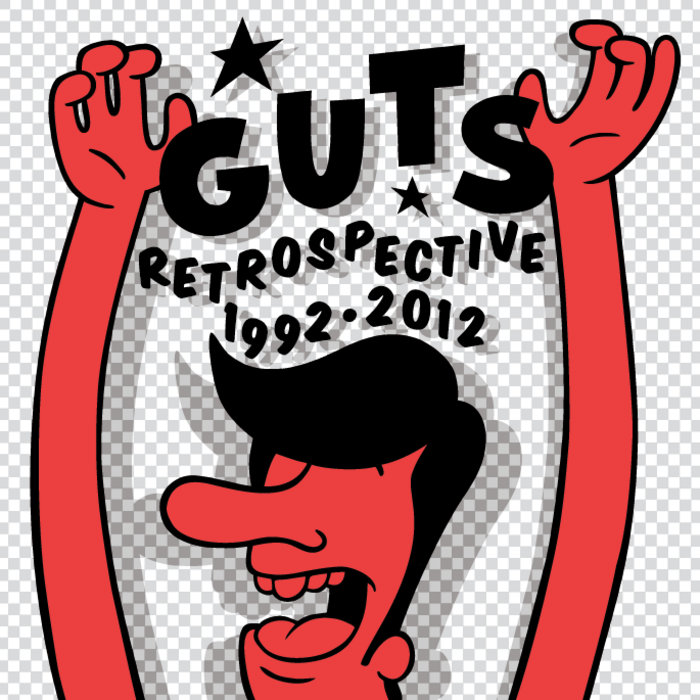
And the living is easy ( MPC 4000 ) 2007 – Guts
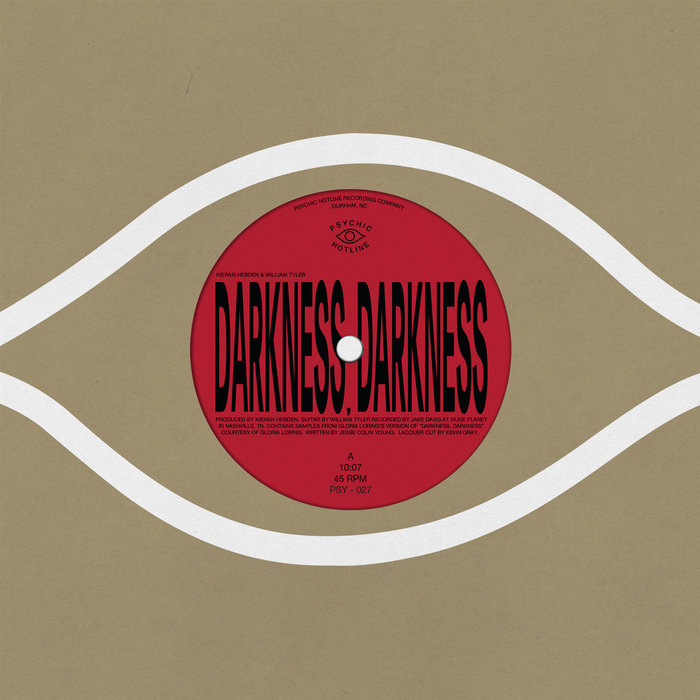
Darkness, Darkness – Kieran Hebden & William Tyler
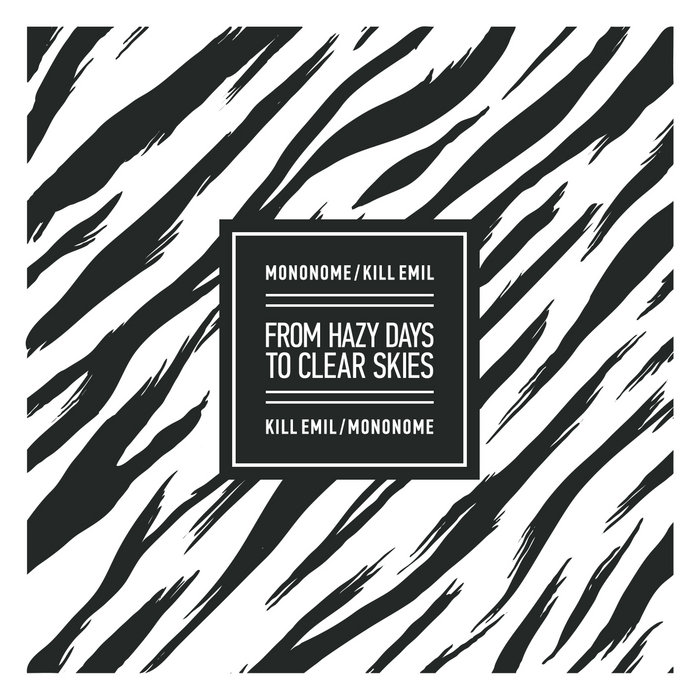
From Hazy Days To Clear Skies – mononome

Golden Nuggets – L'Entourloop
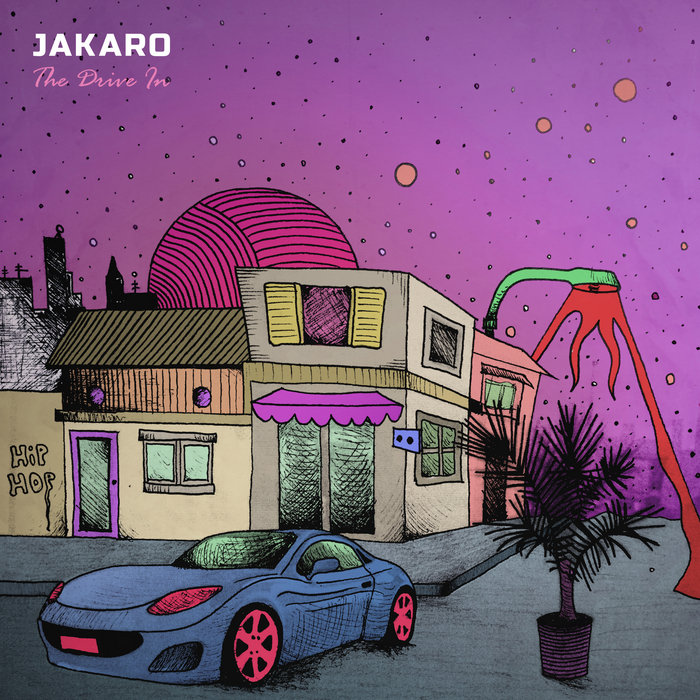
The Drive In – Aviary Bridge Records
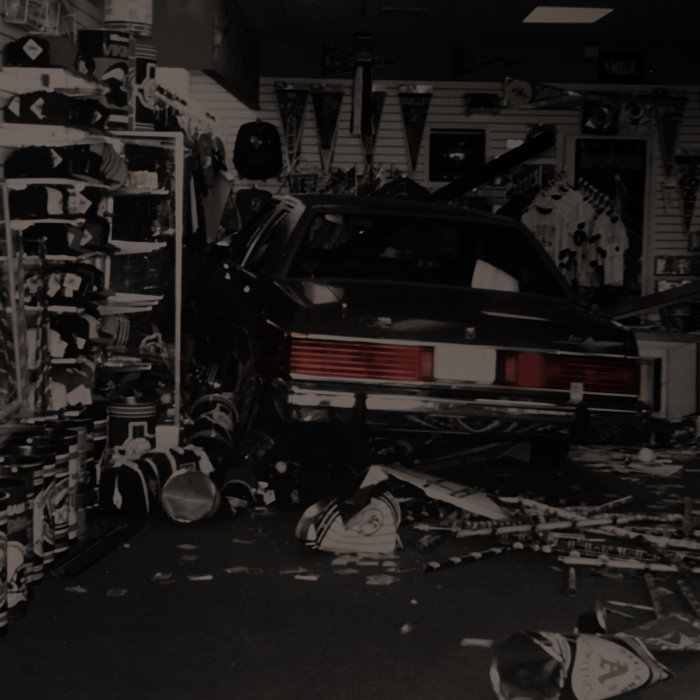
Matters of Time – Schadillac